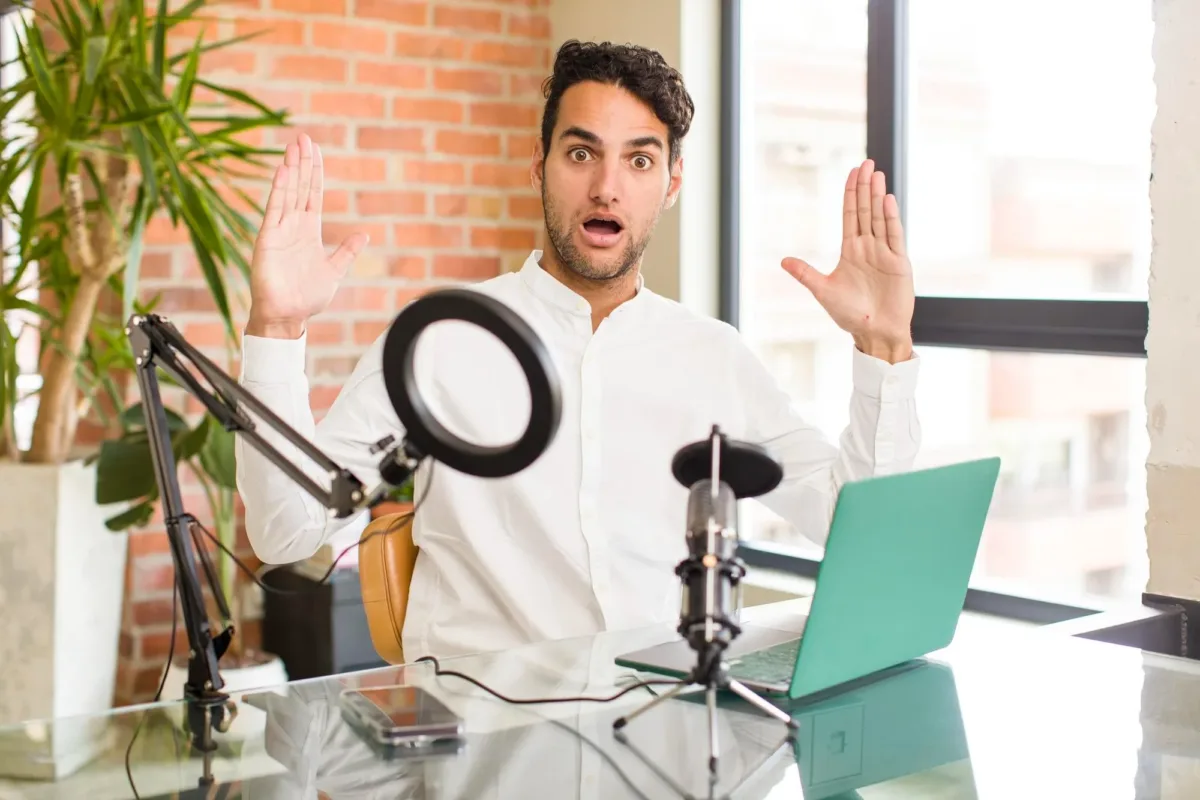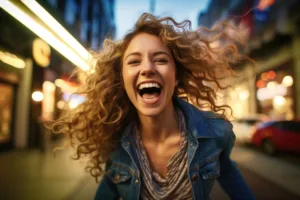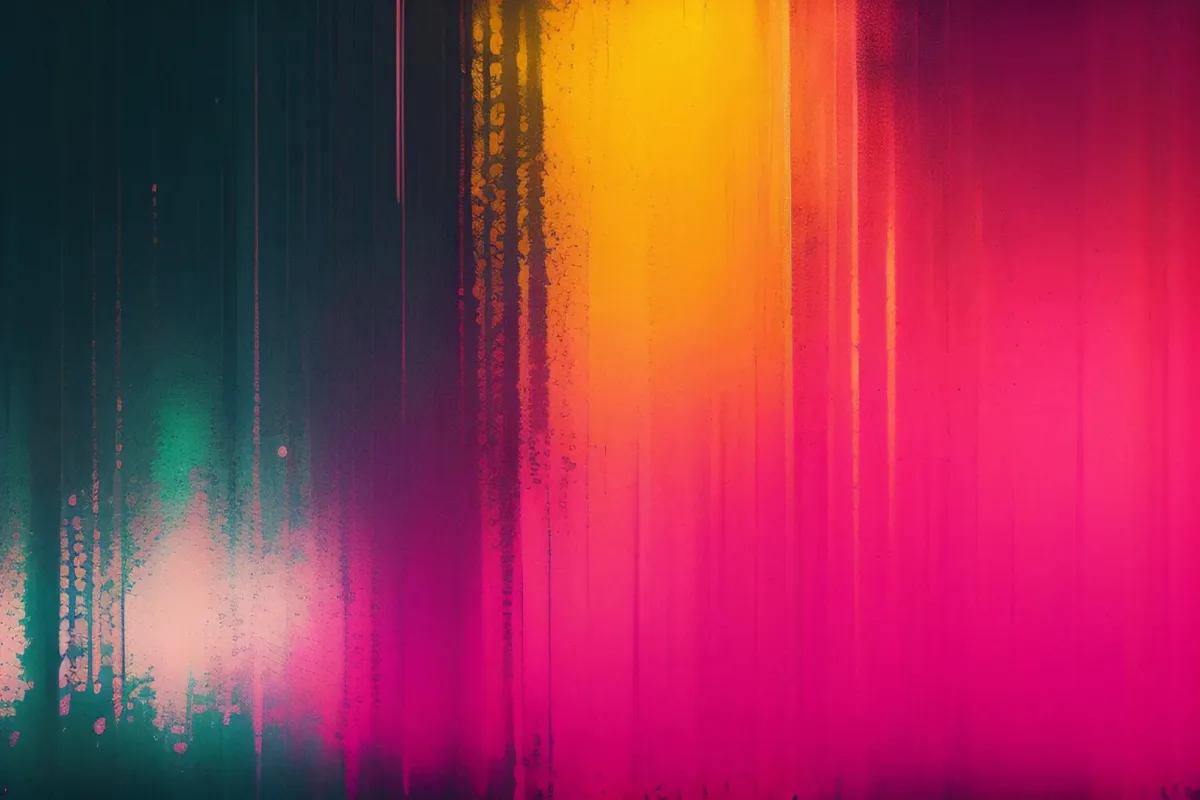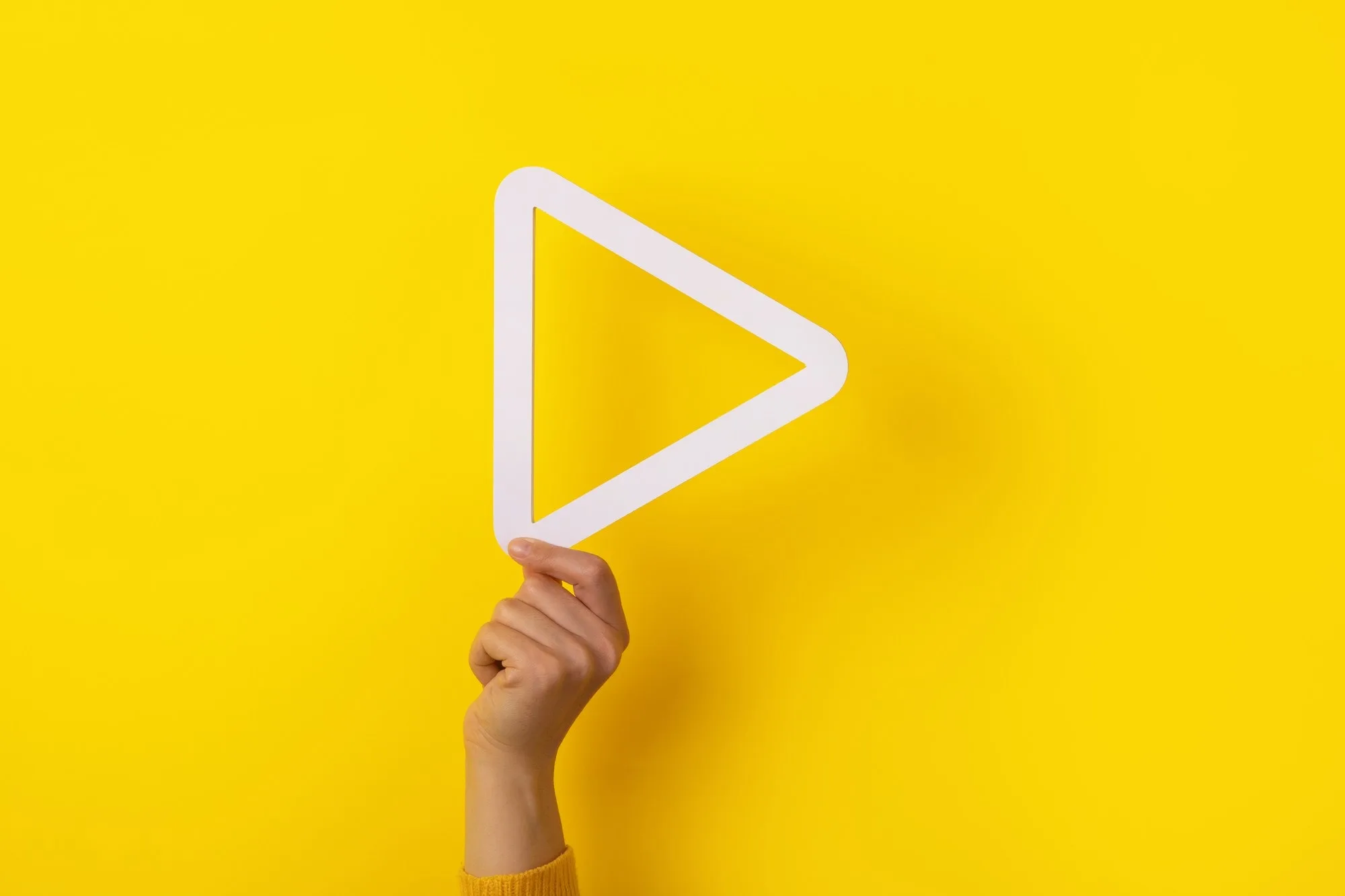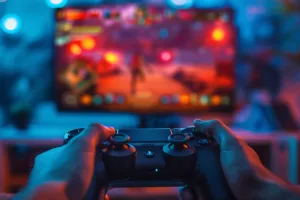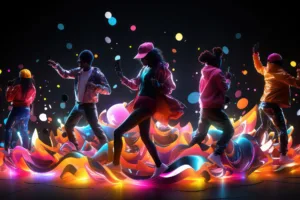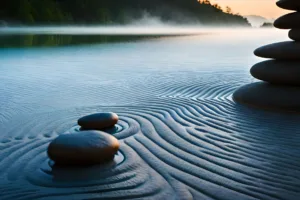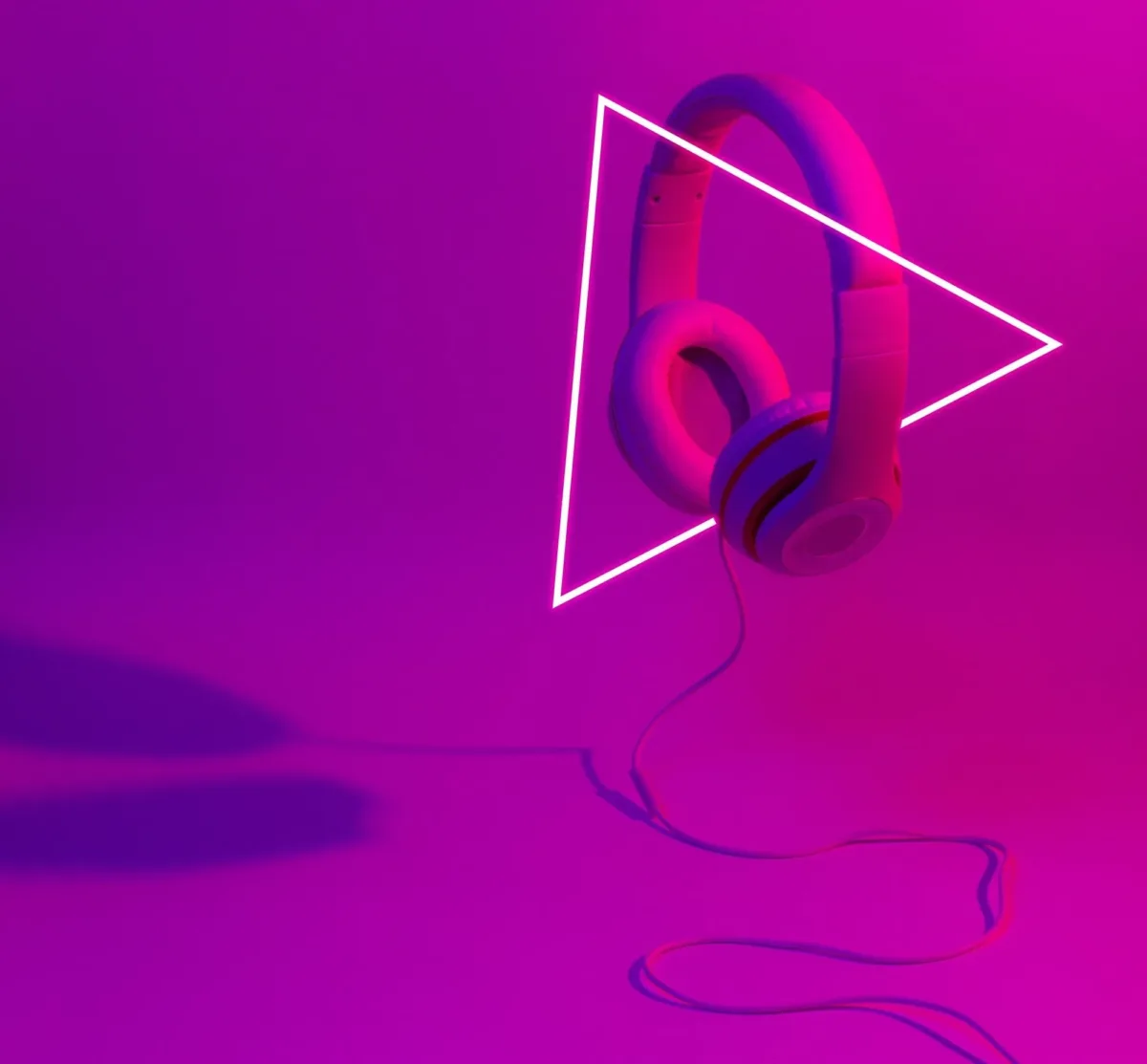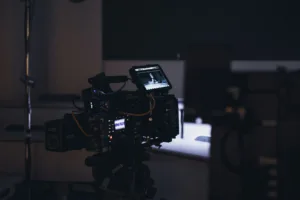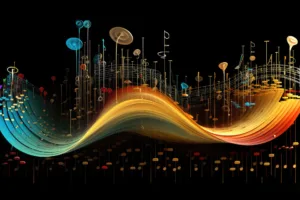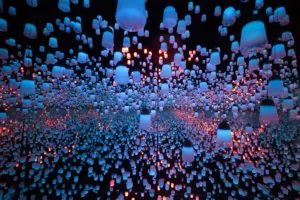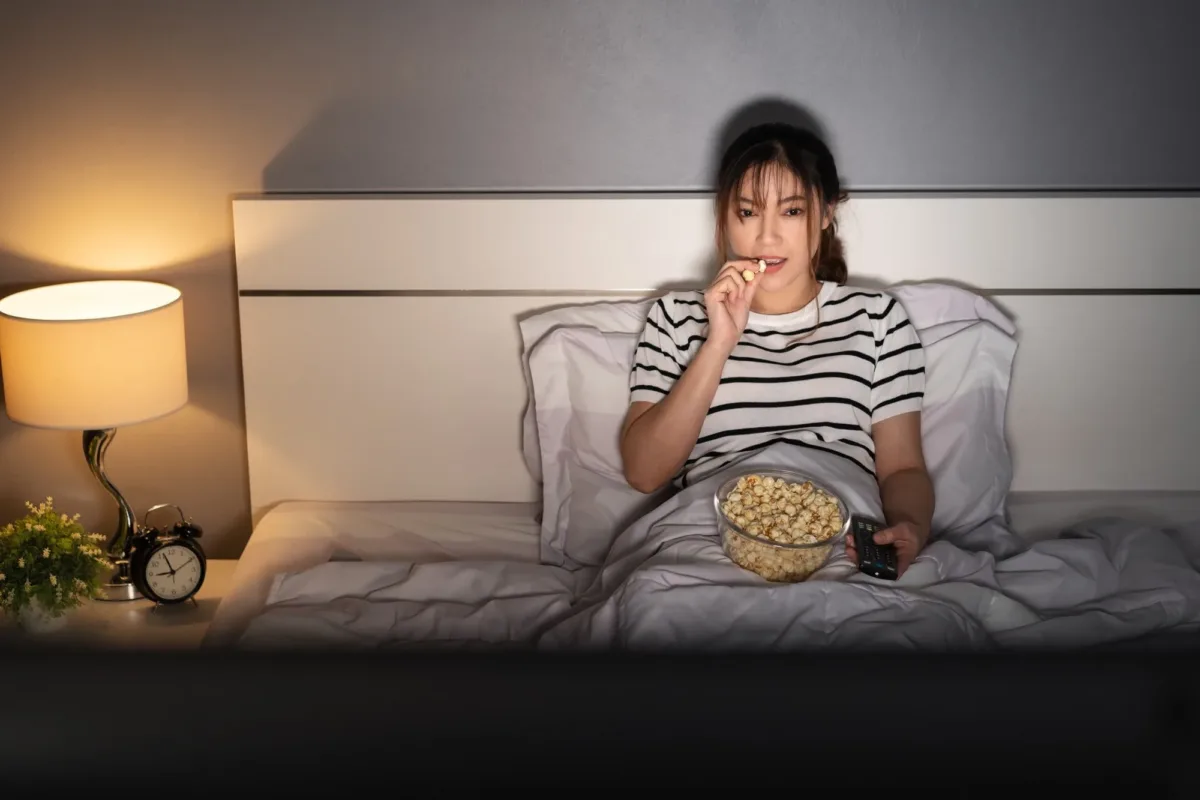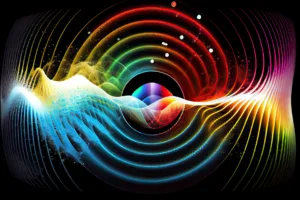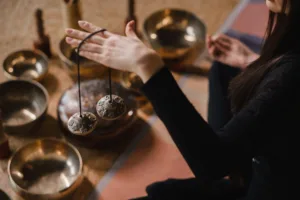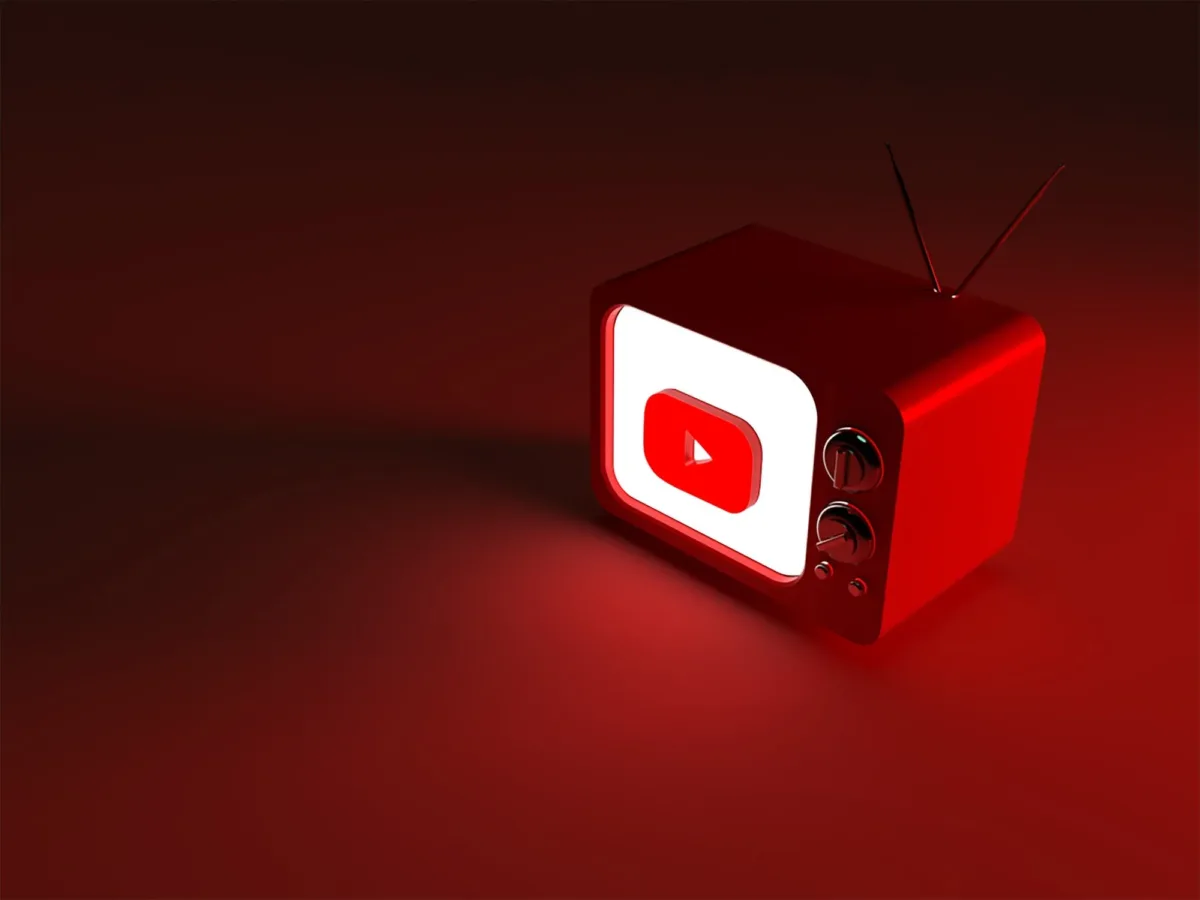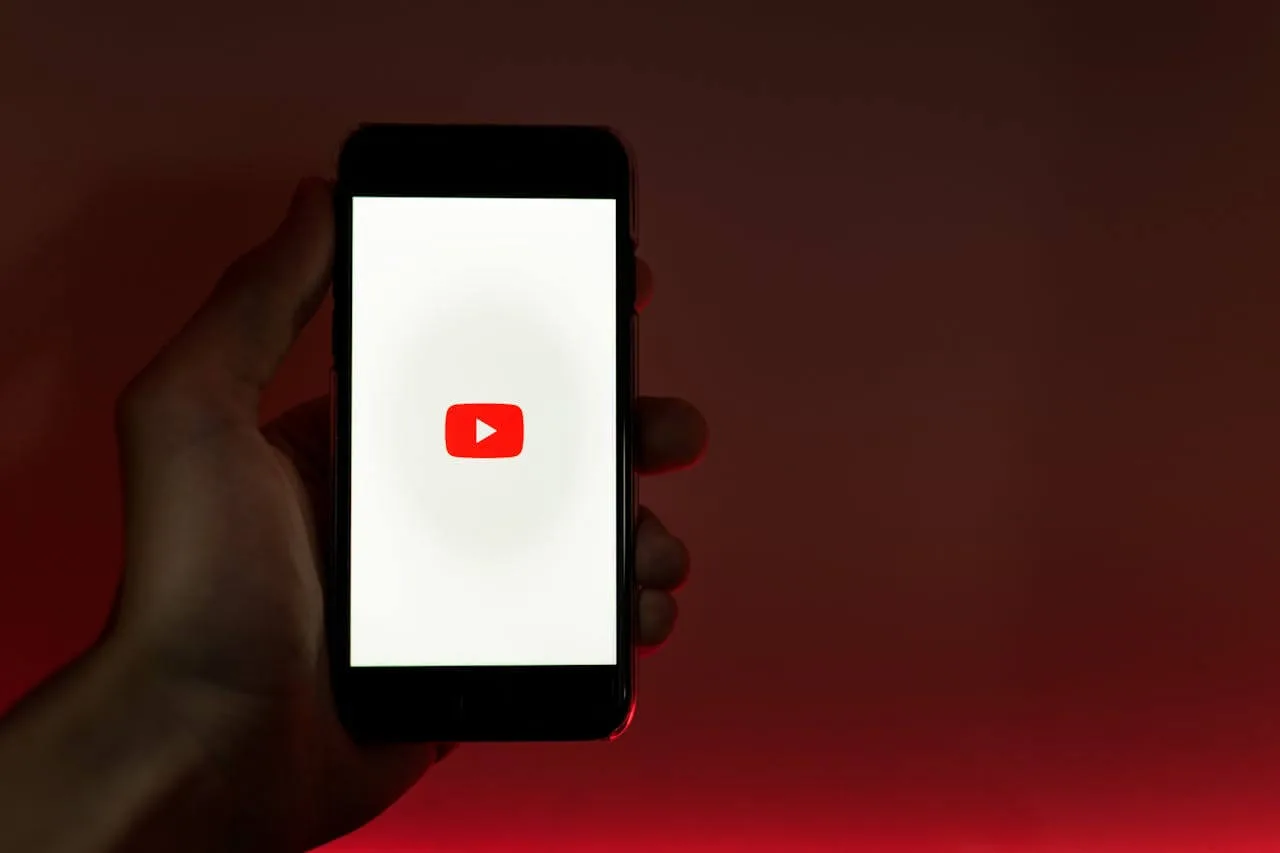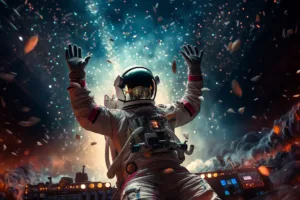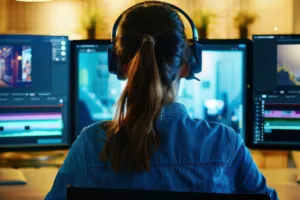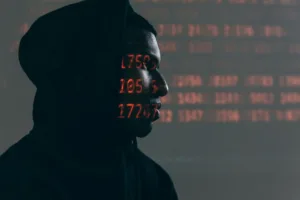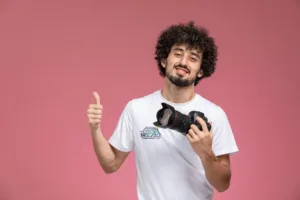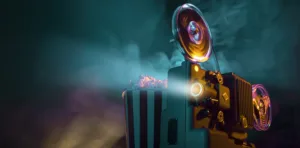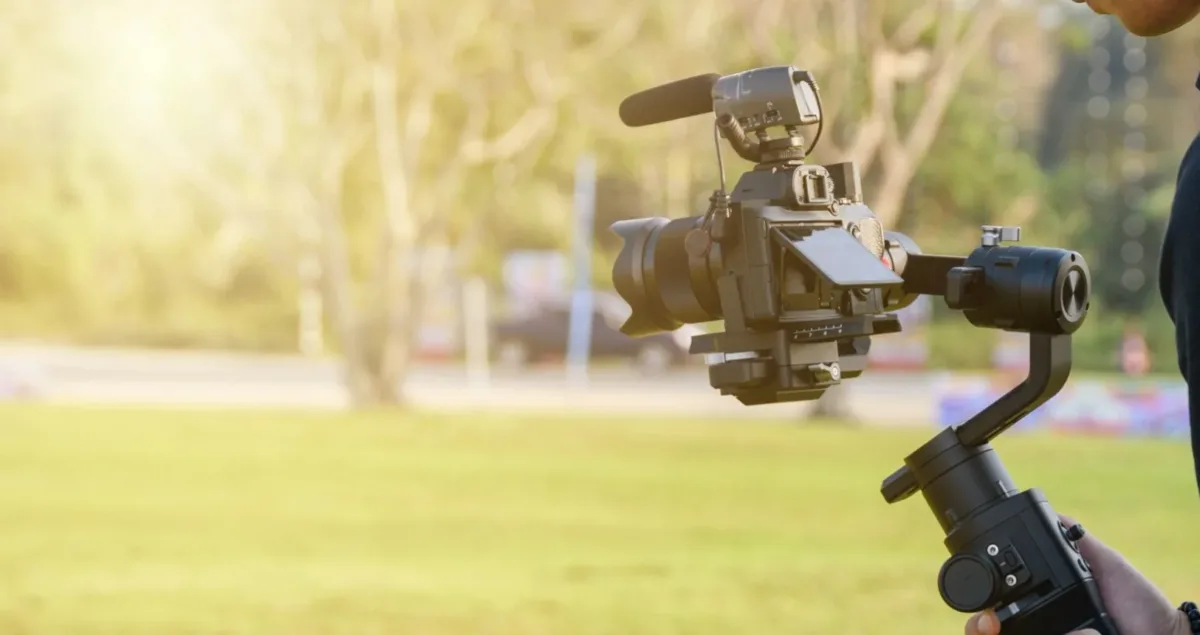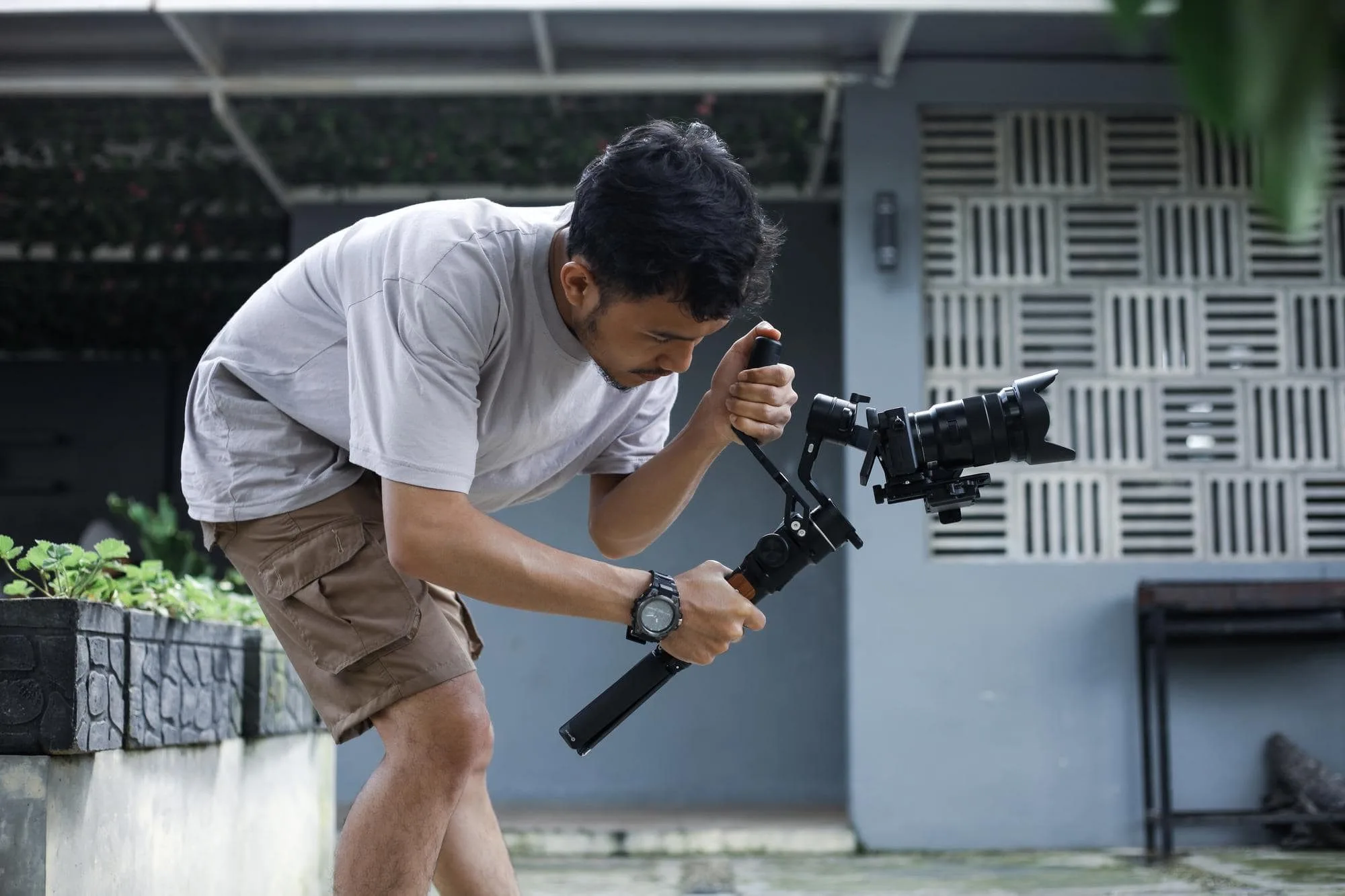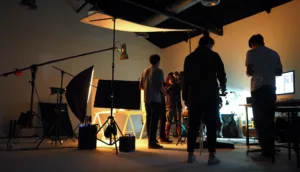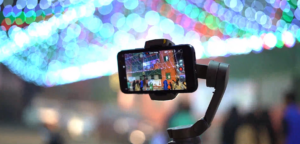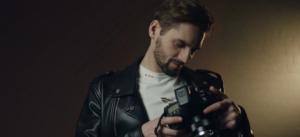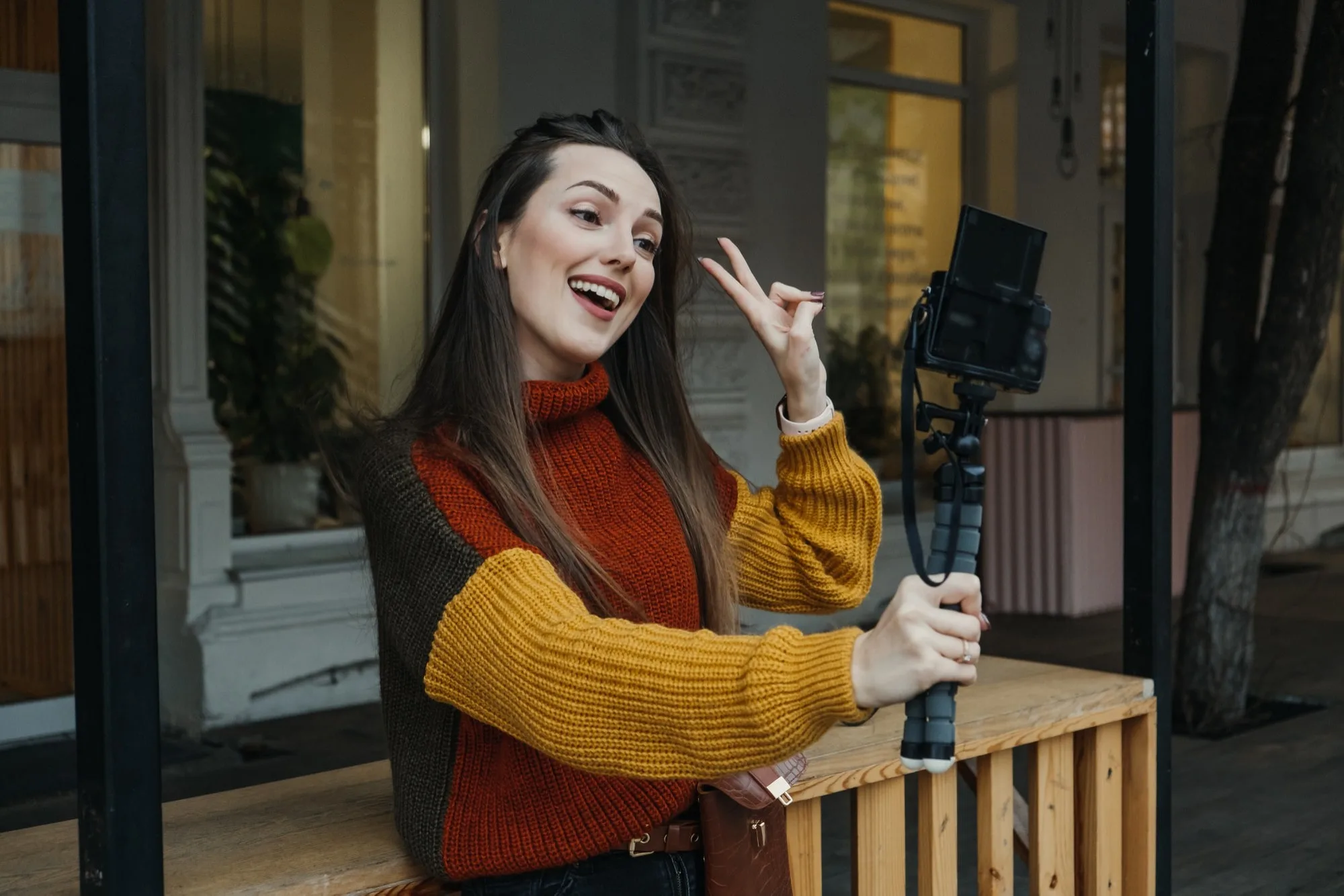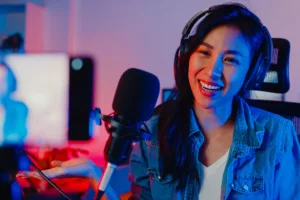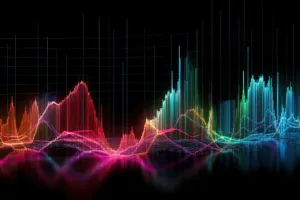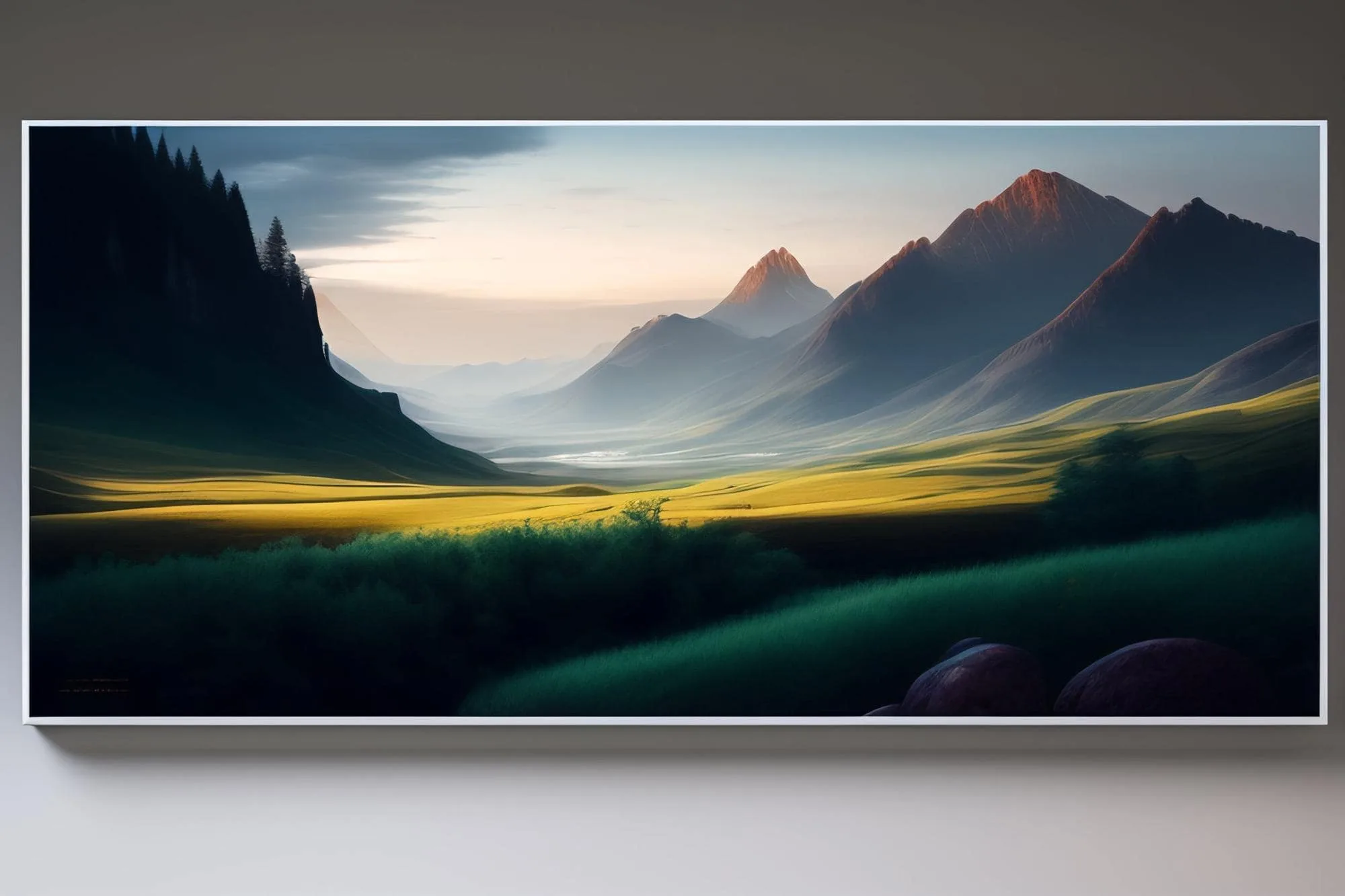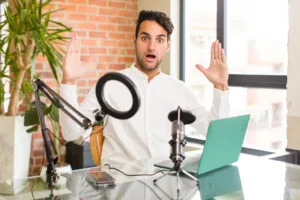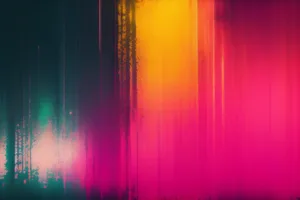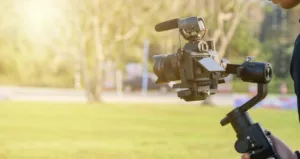How do I make an awesome how-to video?
Hey there, video makers and enthusiasts! Are you looking to create an awesome how-to video? Well, look no further because we’ve got you covered with some tips and tricks to make your tutorial stand out from the crowd!
Start with a clear and concise script:
Before you even begin filming, it’s important to have a well-written script that outlines the steps you will be demonstrating. Keep it simple, to-the-point, and organized.
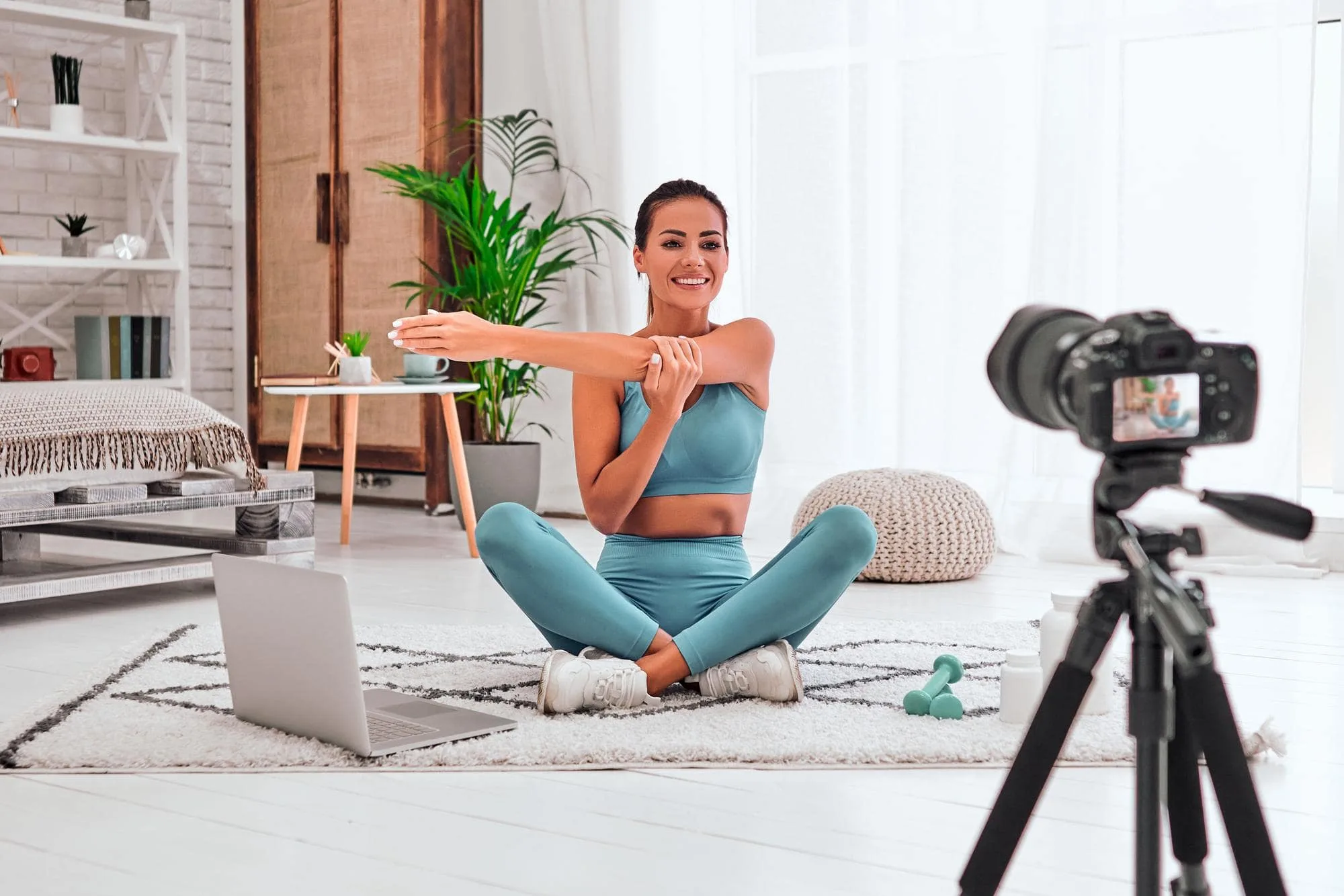
Use visuals to complement your script:
People learn in different ways, so it’s essential to have visuals that accompany your script. Whether it’s diagrams, images, or screenshots, make sure they align with what you’re discussing in the video.
Invest in quality equipment:
You don’t need to break the bank, but investing in a decent camera, microphone, and lighting equipment will make a significant difference in the overall production quality.
Keep it short and sweet:
People have short attention spans, so it’s essential to keep your video concise and engaging. Aim for a length of 3-5 minutes, and avoid dragging on or going off-topic.
Add background music:
Adding background music to your video can create a more enjoyable viewing experience for your audience. Be sure to choose a track that fits the tone of your video.
Include a call-to-action:
Once you’ve shown your audience how to do something, encourage them to take action by including a call-to-action. Whether it’s asking them to like, comment, or subscribe to your channel, it’s a great way to engage with your audience and build your community.
Edit, edit, edit: Finally, take the time to edit your video. Cut out any unnecessary footage, add transitions, and make sure everything flows seamlessly.
With these tips and tricks, you’re well on your way to creating an awesome “how-to” video. So, grab your camera, hit record, and let your creativity shine!



